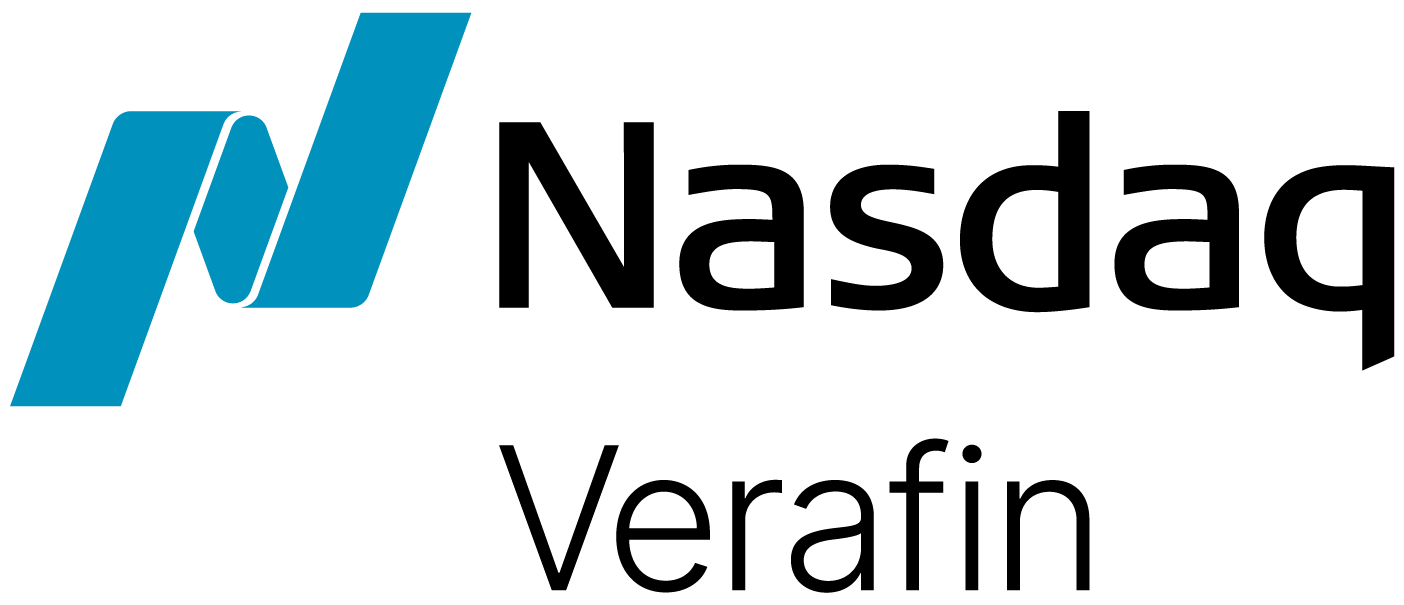Happy New Year! Happy New Decade! But most importantly, Happy 50th Anniversary of the Bank Secrecy Act!
Yes, the (so-called) Bank Secrecy Act was passed fifty years ago this October. As every BSA/AML professional knows, the Bank Secrecy Act was first made into law in 1970. Or was it?
Actually, there is no such thing as the “Bank Secrecy Act.”

It simply doesn’t exist.
What we commonly call the BSA is an amalgamation and consolidation of a number of Public Laws, beginning with the first U.S. anti-money laundering law, the Currency and Foreign Transactions Reporting Act of 1970. This Act introduced the first recordkeeping and reporting requirements for domestic financial institutions.
The requirements of the Currency and Foreign Transactions Reporting Act were solidified in a number of sections of the United States Code, most importantly 12 U.S.C. “Banks and Banking,” which provides authority for the Office of the Comptroller of the Currency (OCC), the Federal Reserve, and the Federal Deposit Insurance Corporation (FDIC), and 31 U.S.C. “Money and Finance,” which provides requirements for record keeping and reports on monetary transactions, as well as money laundering and financial criminal activities.
The first challenge of these AML requirements to go to the U.S. Supreme Court, California Bankers Association vs. Shultz (1974), saw the Supreme Court first refer to the Currency and Foreign Transactions Reporting Act as the “so-called Bank Secrecy Act of 1970.”
So, the BSA was born!

This new moniker continued to permeate U.S. financial law and regulation over the years, ingraining the BSA and its importance into the financial industry.
In 1982, a law was passed that essentially cleaned up the recordkeeping and reporting laws in 31 U.S.C. § 5311. The Congressional Record stated “This subchapter and chapter 21 (§ 1951 et seq.) of Title 12, Banks and Banking, are each popularly known as the ‘Bank Secrecy Act.’”
Major revisions were to come with the USA PATRIOT Act in 2001, which also referred to the AML-related laws in 31 U.S.C. as “commonly known as the ‘Bank Secrecy Act.’”
And of course, the FFIEC BSA/AML Examination Manual has adopted the “BSA” name, referring to the Currency and Foreign Transactions Reporting Act as “commonly known as the ‘Bank Secrecy Act,’” and referencing “Statutes 12 USC 1829b, 12 USC 1951–1959, and 31 USC 5311, et seq. — ‘The Bank Secrecy Act’” in the Manual’s Appendix A: BSA Laws and Regulations.
As 2020 begins, I am reflecting more and more on the 50-year history of what we now know as the Bank Secrecy Act. In this blog series, I will explore the purpose of the AML regulations, the evolution of compliance requirements and the key events that have shaped the BSA into what it is today.
____
To further explore the history of the BSA, please refer to my White Paper, 50 Years of the Bank Secrecy Act: It’s Time to Renew the Purpose of Providing Actionable Intelligence to Law Enforcement.
If you’d like to review the specific Laws and Statutes that form the BSA, please see:
Pub. L. No. 91-508, 84 Stat. 1114 to 1124 (1970)
12 U.S.C. § 1951-1959
31 U.S.C. § 5311-5332
31 U.S.C. § 5340-5355



